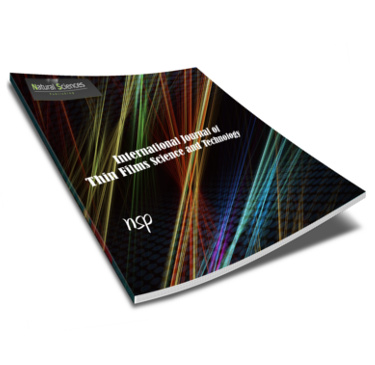International Journal of Thin Film Science and Technology

Abstract
Organic light-emitting diodes (OLEDs) are one of the most explored organic electronic devices. OLEDs are flexible, light-weight, have deep blacks and better contrast ratio when compared to other display technologies, therefore, they are considered to be the “bleeding edge” in display technology, wherein every flagship display device OLEDs are being used in place of LCDs. This paper essentially portrays how the anode material affects the overall device performance in OLEDs. Recent historical surveys have depicted that altering the work-function of the anode will have a huge impact on various performance parameters of the device. In this paper, we take six experimental device architectures, all similar but with different anode materials. The goal here is to enhance device performance. Different anode materials like graphene, PEDOT: PSS, PEDOT: PSS/GO composite are mainly compared with traditionally used ITO based anodes. An overall increment in luminance power, current density, electron-hole concentration, and exciton density is seen. PEDOT: PSS/GO composite anode also shows an enhanced performance of about 45% over ITO based OLED devices. It can also be used in various optoelectronic devices, owing to its transparency and smooth working operation. Further analysis has been done to examine the plots and graphs to see the viability of other experimental devices too.
Recommended Citation
Tiwari, Aditya and Kumar, Brijesh
(2022)
"Impact of Different Anode Materials on Performance of Organic Light Emitting Diodes,"
International Journal of Thin Film Science and Technology: Vol. 11
:
Iss.
2
, PP -.
Available at:
https://digitalcommons.aaru.edu.jo/ijtfst/vol11/iss2/8

